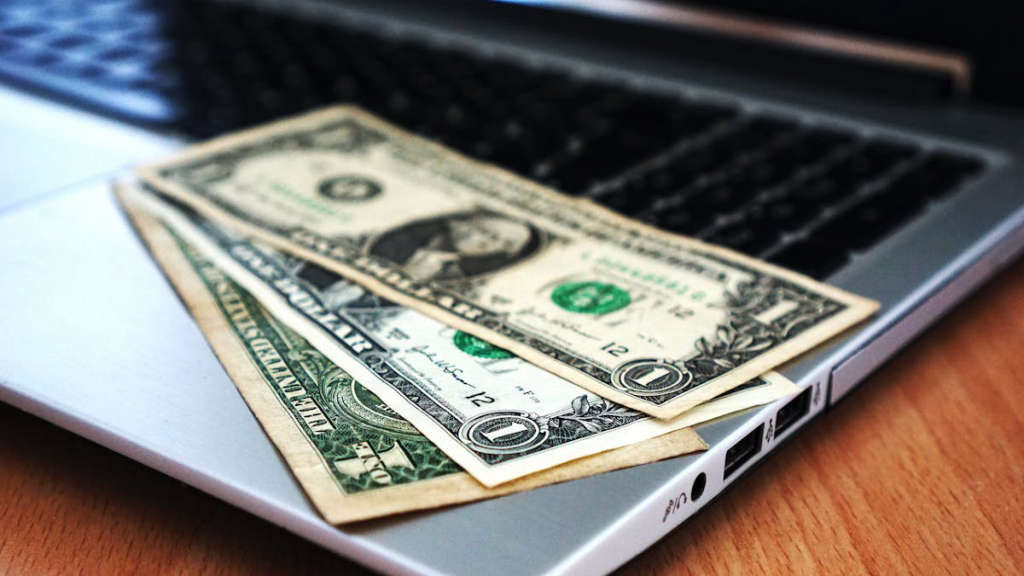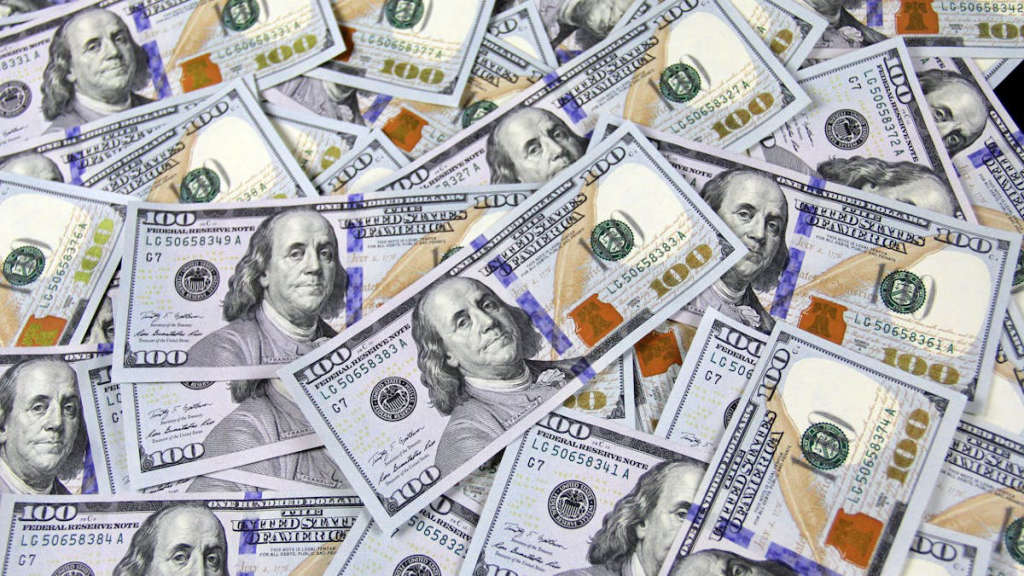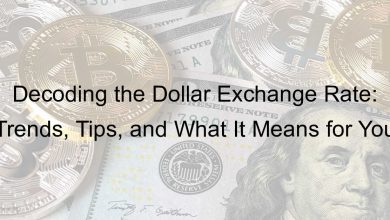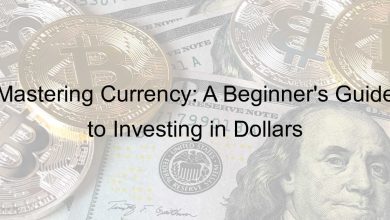Navigating Currency Exchange: Your Ultimate Guide to Dollar to Euro Conversion

In an increasingly interconnected world, understanding currency exchange has never been more important. Whether you are planning a trip to Europe or considering an investment, knowing how to navigate the complexities of currency can save you both time and money. This guide aims to simplify the process of dollar to euro conversion, providing you with the essential knowledge you need to make informed decisions. As you embark on this journey, remember that staying updated with current exchange rates and knowing where to exchange your money are just as crucial as the conversion itself. Let’s explore this fascinating topic together.

Understanding the Dollar to Euro Exchange Rate: Key Factors and Trends
When discussing the Dollar to Euro exchange rate, it’s crucial to grasp the underlying forces at play. Various factors influence this dynamic relationship, often making it a puzzling subject for many. Here are some key elements to consider:
- Interest Rates: Central banks set these rates, which directly impact currency values. A higher rate in the U.S. typically strengthens the Dollar against the Euro.
- Economic Data: Reports on GDP growth, unemployment rates, and inflation also sway investor sentiment. Positive data can bolster the Dollar, while disappointing figures might weaken it.
- Political Stability: Uncertainty in either economy can lead to fluctuations. For instance, political turmoil in Europe may drive investors towards the Dollar, increasing its value.
Admittedly, predicting the exchange rate is akin to navigating a labyrinth. Market reactions can be irrational at times, influenced by sentiment rather than facts. Furthermore, external events like global crises can disrupt trends unexpectedly. Therefore, staying informed is not just advisable; it’s essential for anyone engaging with these currencies.

How to Get the Best Currency Conversion Rates: Tips and Best Practices
Understanding currency conversion can be a bit tricky. Many people think they can just use their bank’s rate and call it a day. However, this approach often leads to disappointing results. To truly get the best currency conversion rates, consider using online comparison tools. These platforms allow you to see multiple options at a glance, which can be quite enlightening.
Timing is Everything
Additionally, timing your conversions wisely can make a significant difference. Foreign exchange rates fluctuate daily, sometimes hourly. Therefore, keeping an eye on market trends may help you pinpoint the right moment to exchange your money. Don’t rush into decisions; patience is key in this game. Moreover, understanding geopolitical factors can also shed light on why rates change.
Know the Fees
Despite your best efforts, hidden fees can eat away at your savings. Always inquire about any service charges or commission fees associated with the conversion. Some providers may offer seemingly great rates, but these can be misleading. Therefore, read the fine print carefully. Maintaining awareness of these aspects ensures that your currency conversion experience is both rewarding and cost-effective.
Different Methods for Converting Dollars to Euros: Pros and Cons
When considering the conversion of dollars to euros, several methods come to mind. Each has its distinct advantages and disadvantages, leaving many individuals pondering the best choice for their needs.
Currency Exchange Offices
Using currency exchange offices provides convenience. They are often located in tourist areas and offer immediate service. However, the exchange rates can be less favorable compared to bank transactions, leaving one feeling a bit cheated.
Online Currency Exchanges
Online platforms offer competitive rates and can save time. But vigilance is necessary, as they may charge hidden fees. You might find yourself entangled in fine print that could lead to unexpected costs.
Bank Transfers
Transferring through a bank often guarantees a fairer rate, especially for larger amounts. Yet, processing times can be frustratingly slow. Some may prefer a quick solution and thus hesitate to utilize this method.
In conclusion, the most suitable method hinges on individual circumstances. Analyze each option thoroughly; sometimes, the simplest choice may not be the best one. The quest for the best exchange method is indeed a balancing act.
The Impact of Economic Indicators on Dollar to Euro Conversion
The conversion between the Dollar and the Euro hinges on a multitude of economic indicators that signal the health of respective economies. Understanding these indicators can feel like deciphering a complex puzzle. Various reports, metrics, and trends influence currency values, often forming a confusing narrative.
Key Economic Indicators
- Inflation Rates: Higher inflation in one currency area may weaken its purchasing power, affecting conversion rates.
- Interest Rates: Changes in interest rates can attract or deter foreign investors, impacting currency demand.
- GDP Growth: A rising GDP often strengthens a currency, suggesting economic stability.
When analyzing the factors at play, it becomes evident that no single indicator tells the entire story. For instance, inflation data may appear stable, yet underlying factors could signal future instability. Furthermore, while the Federal Reserve’s decisions often prompt immediate reactions, the European Central Bank’s actions can have delayed effects.
In conclusion, the intricate relationship between these indicators creates a dynamic trading environment. Understanding their influence requires keen attention to economic trends, and, paradoxically, sometimes it’s about embracing uncertainty.
Currency Exchange Fees: What You Need to Know Before Converting
When converting currencies, many people overlook the often hidden fees associated with the transaction. These charges can significantly impact the total amount you receive. Understanding them is crucial for avoiding unexpected losses. You might think you’re getting a great rate, but if the fees are excessive, you may end up with much less than anticipated.
The Types of Fees
Two common types of fees arise during currency exchanges: fixed and variable. Fixed fees remain constant, regardless of the amount exchanged, while variable fees fluctuate based on the sum involved. For instance, a percentage-based fee might seem small on a modest conversion but could pile up with larger amounts.
Where to Exchange
Location matters. Banks and airports notoriously charge higher fees, sometimes even combined with unfavorable rates. Online platforms can provide better deals, but it pays to read the fine print. They often use enticing rates that can be misleading if you don’t account for their charges.
In essence, always compare options, ask questions, and stay informed. It’s better to take a moment to understand what you’re getting into, rather than regretting after your money has changed hands.
Future Predictions for the Dollar-Euro Exchange: What Experts Are Saying
The future of the dollar-Euro exchange rate intrigues many investors and economists alike. Several factors contribute to the economic landscape, making predictions a bit tricky. For instance, central bank policies play a crucial role. The Federal Reserve and the European Central Bank often implement contrasting strategies, leading to fluctuations in currency values. Some experts suggest that if the U.S. continues to raise interest *rates*, this could strengthen the dollar. However, others believe that geopolitical tensions may counterbalance these gains.
Economic Indicators to Watch
Moreover, key economic indicators like inflation, employment rates, and trade balances can significantly influence exchange rates. Investors should monitor these closely. Additionally, trade dynamics between the U.S. and Europe could create unexpected shifts. It’s essential to recognize that while some analysts remain optimistic about the dollar’s outlook, others argue for a cautious approach. In short, the future remains uncertain and complex. Yet, staying informed about *market* trends and expert insights is vital for making sound investment decisions.




